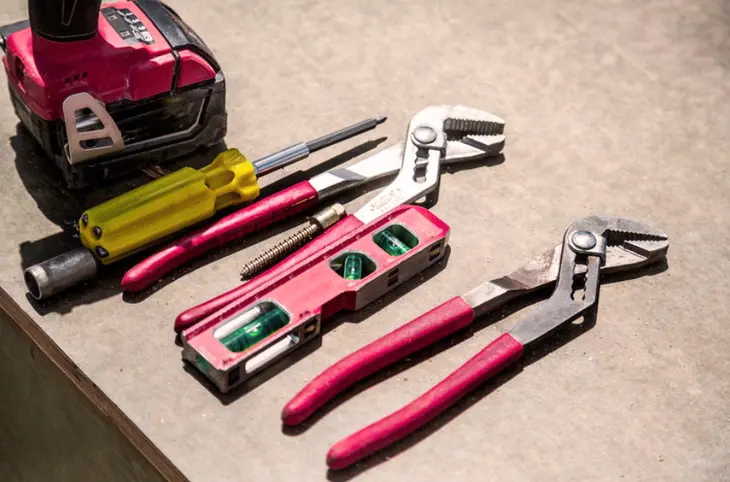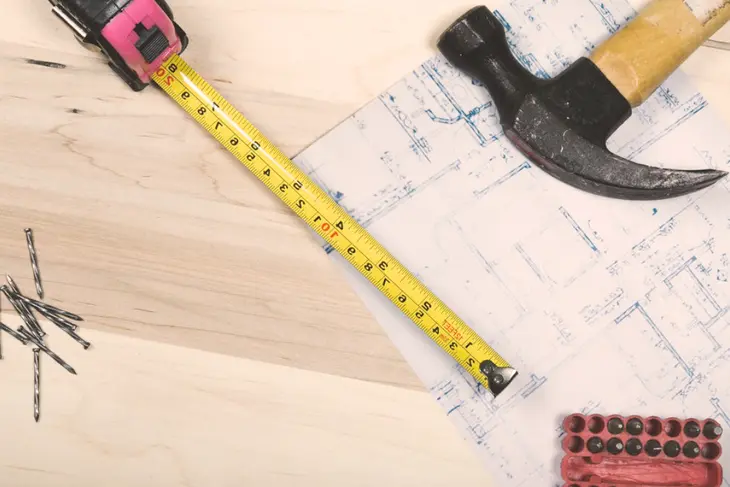
The Advantages of Prefabricated Construction in Modern Building Projects
- Admin
Prefabricated construction, also known as off-site construction or modular construction, is gaining popularity in the building industry for its efficiency, sustainability, and cost-effectiveness. In this article, we explore the numerous advantages of prefabricated construction and its role in shaping modern building projects.
Introduction:
Prefabricated construction involves assembling building components or modules off-site in a controlled factory environment before transporting them to the construction site for final assembly. This method offers several advantages over traditional on-site construction, including faster project delivery, reduced waste, and improved quality control. In this article, we delve into the benefits of prefabricated construction and its impact on the construction industry.
1. Accelerated Project Delivery:
One of the primary advantages of prefabricated construction is its ability to accelerate project delivery timelines. Since building components are fabricated off-site concurrently with on-site preparation, construction schedules are significantly compressed. Prefabricated modules can be manufactured while site work, such as foundation preparation, is underway, resulting in faster project completion and reduced overall construction time.
2. Enhanced Quality Control:
Prefabricated construction allows for greater precision and consistency in the fabrication process, leading to improved quality control compared to traditional on-site construction methods. In a factory-controlled environment, building components are manufactured to exact specifications using advanced technologies and quality assurance measures. This results in fewer defects, rework, and callbacks during the construction phase, ultimately enhancing the overall quality of the finished building.
3. Reduced Construction Waste:
Prefabricated construction generates less construction waste compared to traditional on-site construction methods. Since building components are fabricated to precise dimensions in a factory setting, material waste is minimized, and excess materials can be recycled or reused. Additionally, off-site construction reduces the environmental impact of construction activities on the surrounding area, such as noise pollution and disruption to local communities.
4. Cost Savings:
Prefabricated construction offers cost savings in various aspects of the building process. By streamlining construction schedules and reducing material waste, prefabrication can lead to lower overall construction costs. Additionally, the controlled factory environment allows for better cost predictability and budget control, minimizing the risk of unexpected expenses or delays. Furthermore, prefabricated construction can help developers and builders achieve economies of scale through standardized production processes.
5. Sustainability and Energy Efficiency:
Prefabricated construction aligns with sustainability goals by promoting resource efficiency and energy conservation. Off-site fabrication allows for the optimization of material usage and recycling of construction waste, reducing the environmental footprint of building projects. Additionally, prefabricated buildings can be designed with energy-efficient features, such as enhanced insulation and passive solar design, to minimize energy consumption and operational costs over the building's lifecycle.
Conclusion:
In conclusion, prefabricated construction offers numerous advantages for modern building projects, including accelerated project delivery, enhanced quality control, reduced construction waste, cost savings, and sustainability. As the construction industry continues to evolve, prefabricated construction methods are expected to play an increasingly prominent role in meeting the demand for efficient, high-quality, and sustainable building solutions. By embracing prefabrication, developers, builders, and stakeholders can unlock the potential for innovation and excellence in construction practices.
